Language Learning Tip #05
Problem (continued, part 2)
I guess I’m not much of a visual learner, because I’m still having trouble remembering these words.
Continuing on the theme of using the visual sense to create stronger memory connections.
It is preferable to learn Arabic words without going through your native language, that is, without translating. It is not a problem if your first exposure and understanding of a word comes to you as a translation; it is fast and convenient. But you need to move beyond the translation as soon as you can as you develop a deeper understanding of a word and how it is used. You’ve heard people say they “think in Arabic” or “think in English.” Linguists will argue about whether anyone actually thinks in any language, but the point is that we want more direct access to our second language without having to continue to translate as we go.
Let’s say, for now, that thoughts can take the form of words or images in our minds. Visually oriented people will benefit from using images to learn words. And you don’t have to use your eyes to see. Images can be actual pictures on paper or imaginary pictures in the mind. Both are using the sense of sight.* The trick is to connect the image with the sounds of a word.
First, you should connect the sound to an image, (word –> meaning) then you can take the next step to connect the image to a sound (meaning –> word). Write down the Arabic words you want to learn.
Then, instead of writing a translation as the meaning, draw the meaning. The drawing does not need to be good or detailed. It is enough that it remind you of the word.** (This is the way Chinese writing works.) For example, if you want to learn the word for “round” you can draw a circle. “Round” and “circle” are different words and different concepts, but the circle can remind you of the word /rawnd/ if you train your mind to do it. Now look at your words again — not your drawings. Can you remember what you drew to represent this word? If not, you need to review it. You test yourself by listening to a word list, (such as the ones you find on the Gulf Arabic CD or in your Al-Kitaab DVD) and try to visualize the symbol or picture you created for that word. (Hit “pause” after each word and take time to visualize it.) If you can imagine your drawing or symbol for each Arabic word, we can say that word has entered your “passive vocabulary. This means you can recognize the meaning when you hear it or read it. You are able to go from Arabic word to meaning.
Next we will look at a way to go from meaning to Arabic word. This is the more difficult of the two sides to learning vocabulary. This will address the problem of, “I know I once learned an Arabic word for this, but I can’t remember what it is.” For this, we simply reverse the process.
Look at your drawings now one after the other and try to remember what word they represent. Can you hear it in your mind? Can you say it? Can you use it in a sentence? If you can do this, you are moving the words from your short-term memory into your long-term memory by means of your visual cortex.***
*My daughter’s eye doctor recently commented he was trying to correct my daughter’s sight, not her eyes. He stated, quite correctly, that we see with our brain, not with our eyes.
** Actually, written words are also only for reminding you of an idea. Picture-based writing systems, like Chinese, have no direct link to the sounds of a word. Alphabetic writing systems like Arabic and Korean are indirect links to the sounds of words. In these systems, as we begin to read each letter and each vowel mark we are reminded of sounds which we then string together in an approximation of the sound of a word. A beginning reader then tries to leap from that approximation of sound combinations and land at a word sound that he remembers as a word. (K – Ah – T –> Cat! ) More advanced readers see the whole word and make that leap to the sound of the word without sounding out the letters. Even more advanced readers see groups of words and phrases together which more closely approximate speech (but they may move their lips or “subvocalize” as they read.) And finally, speed readers learn to skip processing the sounds of the words and phrases and go directly to the meaning. That is, fast readers can read a text much faster than they could ever speak or even hear. Incidently, Arabic especially was designed as a “shorthand” way of reminding the reader of something that was usually already known. Arabic was first written not only without vowels markings, but without dots as well!
*** I am defining short-term memory as from 20 seconds to less than a minute. I am defining long-term memory here as from a few hours to a few days. Anything you can recall beyond that is in your semi-permanent memory. I don’t think there are memories that are actually permanent.
Next, we will look at how we might use physical movement to create stronger memory connections.
